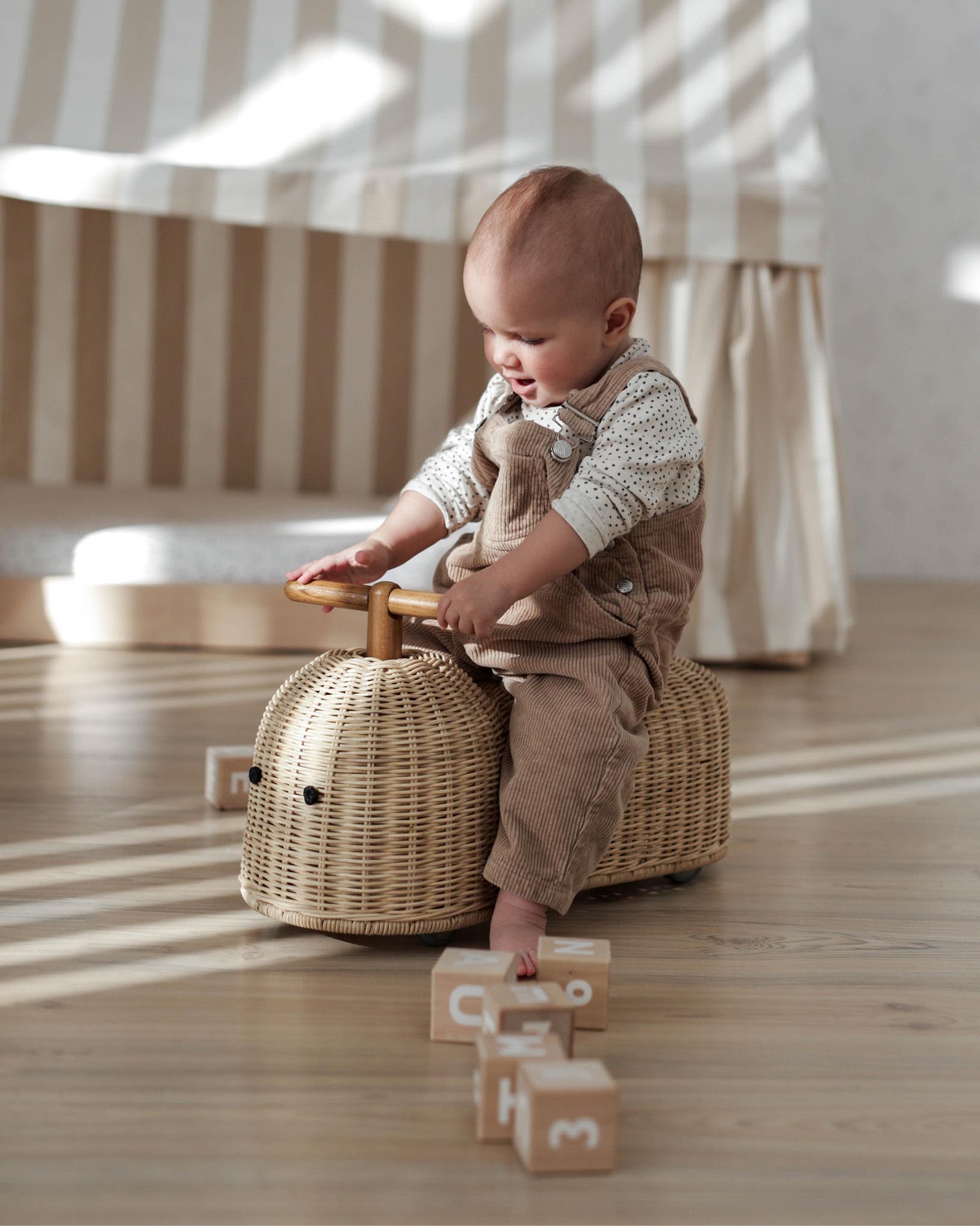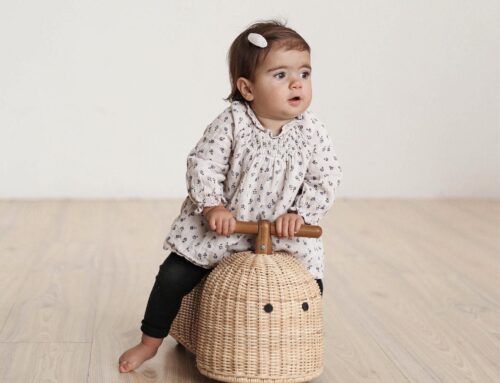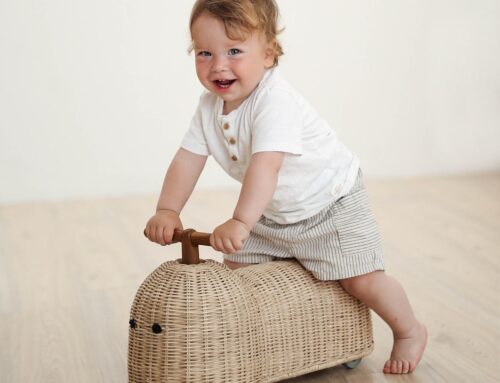Strengthening Muscles and Motor Skills
Ride on toys encourage your child to engage their entire body as they move, push, and balance, helping to strengthen essential muscle groups in their legs, arms, and core. These toys help improve gross motor skills, which are critical for reaching key milestones like walking and running. Additionally, the repetitive motion of scooting or pushing fosters muscle memory, enabling smoother and more confident physical movements. Over time, this contributes to better posture, stability, and overall coordination.
Introducing Movement and Coordination
Learning to coordinate their movements while riding a toy builds your child’s balance and spatial awareness. As they steer with their hands while propelling themselves forward with their feet, they begin to master the synchronization of different body parts. This coordination lays the groundwork for future skills like riding a bicycle or navigating playground equipment. Moreover, these early experiences with controlled movement give them a sense of accomplishment and confidence in their physical abilities.
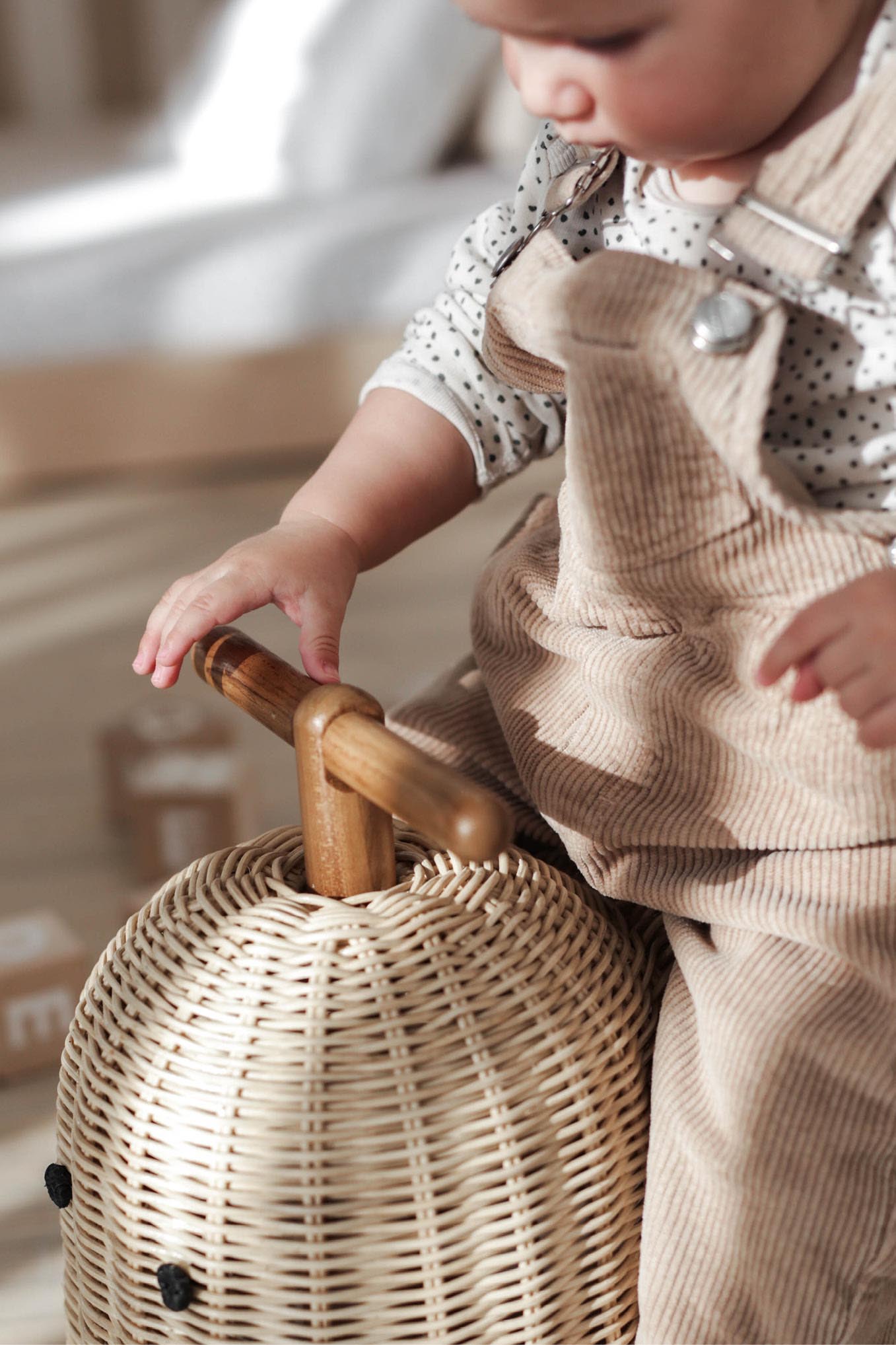
Encouraging Early Physical Activity
Ride on toys naturally motivate toddlers to explore their environment in an active way. Unlike sedentary toys, they require energy and movement, which help toddlers burn off excess energy while fostering an active lifestyle. This type of play is essential for combating sedentary habits early on. By making physical activity enjoyable, ride on toys encourage children to stay engaged in healthy movement, setting the stage for long-term physical well-being.
Cognitive and Creative Benefits
Learning Through Movement
Movement is an essential part of early learning, and ride on toys provide an interactive way to teach concepts like cause and effect. For example, when a child pushes off with their feet, they see the toy move forward, helping them understand how actions create results. Navigating around furniture or objects sharpens problem-solving skills and enhances their ability to assess spatial relationships. These simple interactions build critical thinking skills that develop as your child grows.
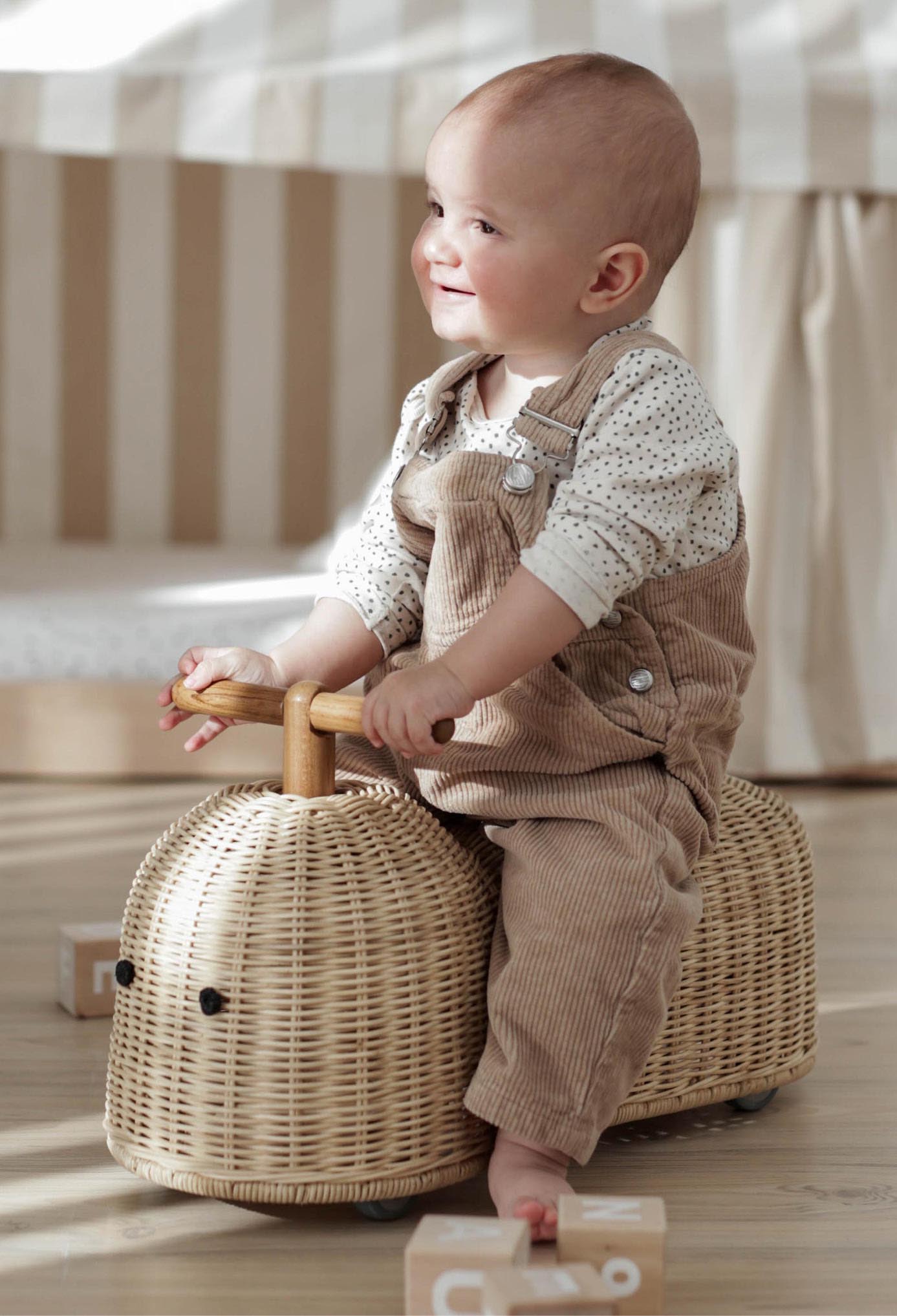
Fostering Imagination in Play
Imaginative play is a key part of childhood, and ride on toys are the perfect tools for sparking creativity. Your toddler might pretend they are driving a race car, delivering packages, or embarking on a safari. These make-believe adventures help expand their creativity while developing social and storytelling skills. Additionally, imaginative play with ride on toys encourages emotional expression, as children act out scenarios that reflect their inner world.
Features to Look for in Ride On Toys for 1-Year-Olds
Age-Appropriate Designs
When selecting a ride on toy, it’s essential to choose designs that cater specifically to one-year-olds. Look for toys with low seating that allow their feet to touch the ground, making it easier for them to push themselves forward. Stable bases prevent tipping, while easy-to-grip handles provide additional support as they navigate. By matching the toy to their current abilities, you create a safe and comfortable experience that builds confidence.
Safe and Durable Materials
Safety is the top priority when it comes to ride on toys. Choose toys made from durable, non-toxic materials that can handle rough play without breaking. Smooth edges, sturdy construction, and stable wheels minimize the risk of injury. Checking for certifications like EN71 or ASTM standards ensures the toy meets safety guidelines. A well-made ride on toy not only lasts longer but also gives you peace of mind during playtime.
How to Incorporate Ride On Play
Setting Up Play Areas
Create a designated space for ride on activities to ensure a safe and enjoyable experience. A smooth, open floor free of obstacles is ideal for toddlers just starting out. Consider using a soft play mat or non-slip flooring for added safety. Outdoor areas like driveways or patios can also be great spaces, provided they’re enclosed and supervised. A well-prepared play area helps your child focus on exploring without unnecessary interruptions or hazards.
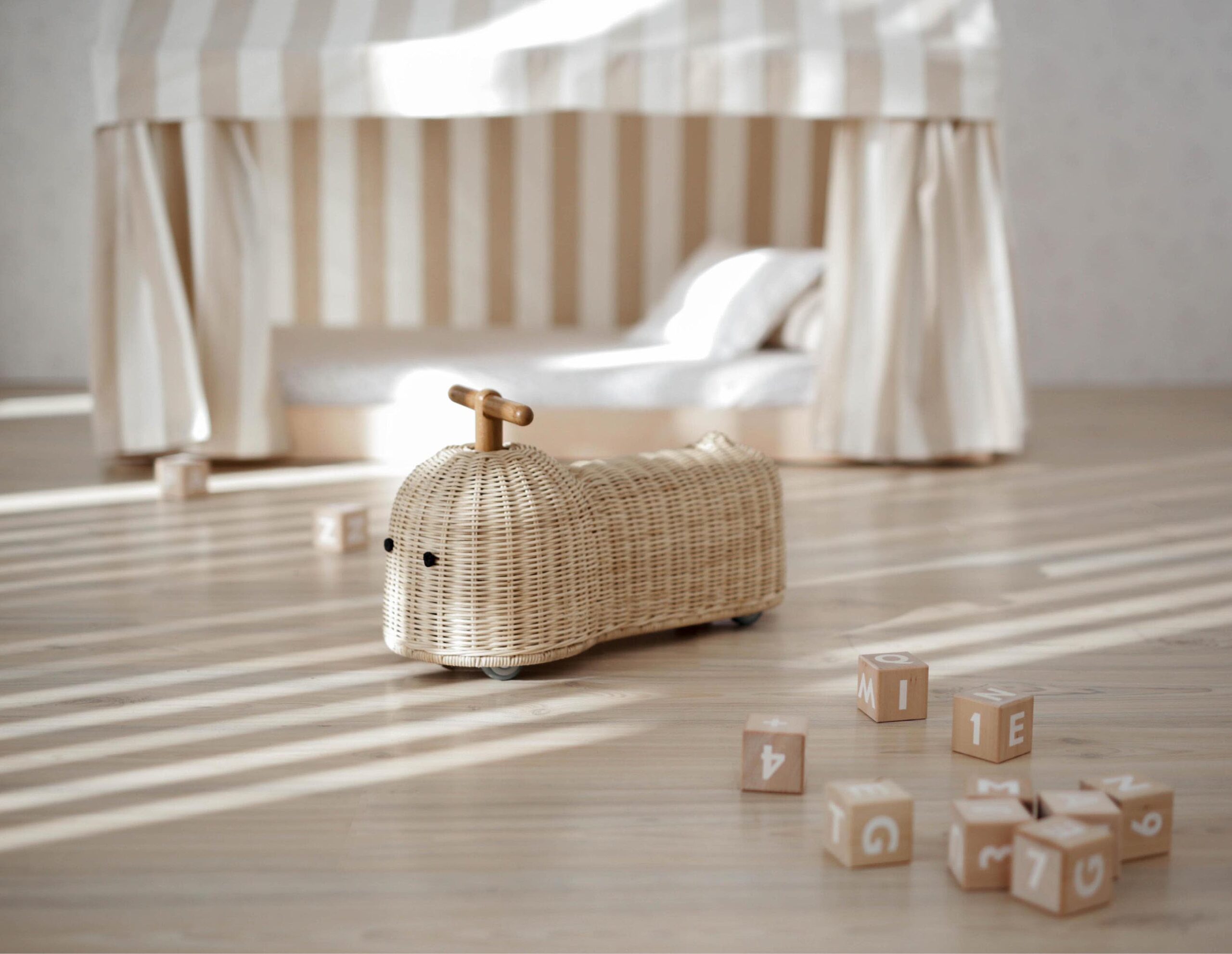
Creating Fun and Engaging Experiences
Make ride on play exciting by incorporating fun challenges and interactive games. Set up simple obstacle courses using cushions or cones to encourage problem-solving and navigation. Pretend-play scenarios, like delivering “mail” or embarking on a treasure hunt, can add an imaginative twist. Involving siblings or friends in these activities fosters social skills and creates shared memories. By keeping playtime dynamic and engaging, you ensure your child looks forward to using their ride on toy every day.

